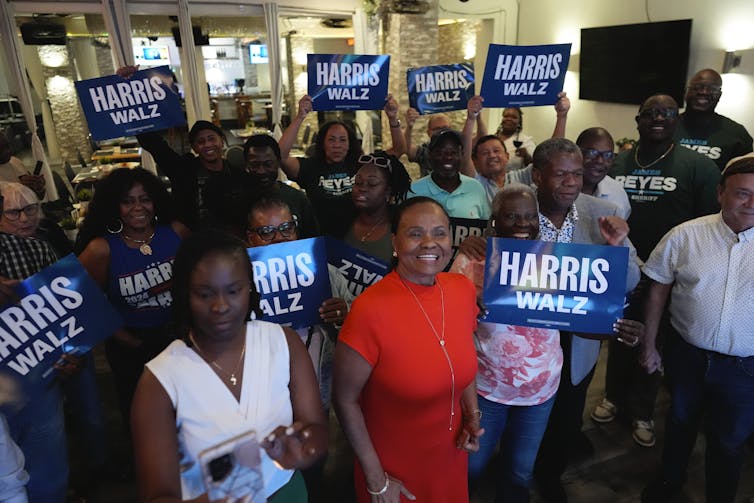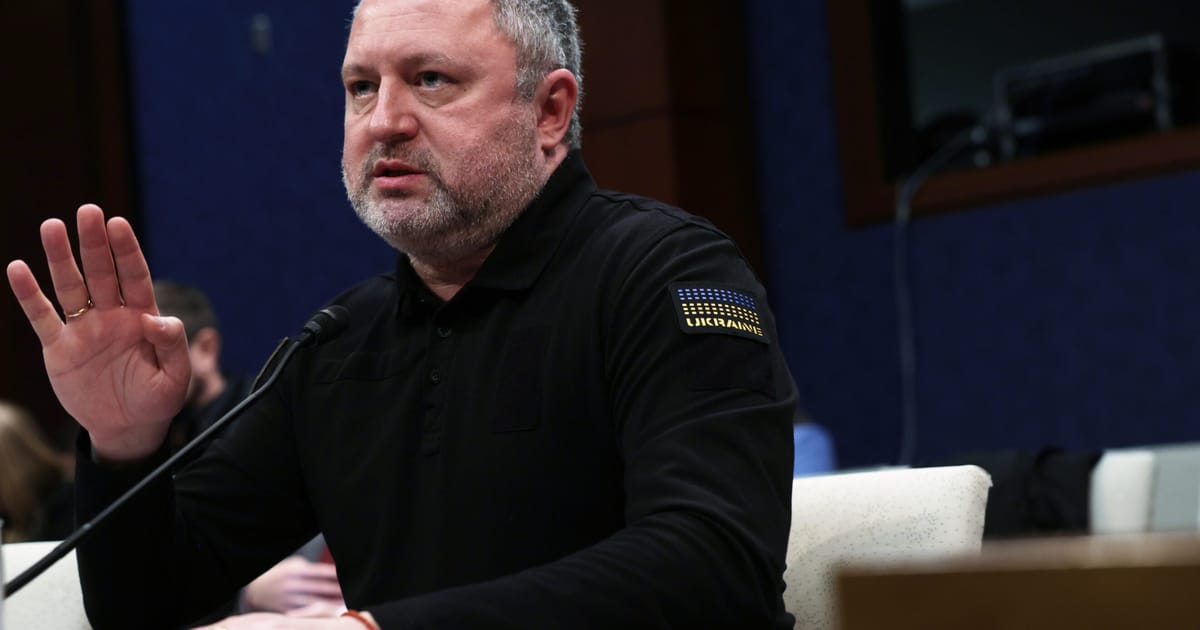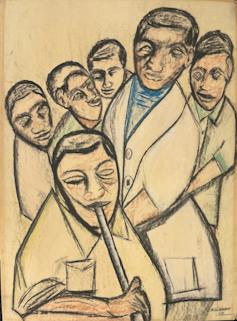Outsiders may find it disconcerting to hear the religious references, whether sincere or opportunistic, that have been working their way into U.S. political discourse since the Reagan years, including some by certain religious leaders.
Despite this, the role of religious identities in American elections cannot be decoded by simply pitting the faithful against secularized progressives. Even quite far on the left, it’s not rare to hear male and female politicians referring to their faith.
Although the leaders of the Christian right are united in their goal of gaining privileged access to the Oval Office, the different religious populations in the U.S. are politically quite divided.
Trained as a geographer, historian and religiologist, I have been studying the evolution of ethnoreligious diversity in Québec as a whole, as well as in certain specific religious universes, for twenty years. My analyses are based on both Canadian census data and field surveys. Since 2016, I have examined different elections at various levels of government (Montréal, Québec, Canada, United States), particularly from the angle of geography and culture.
Ethnic realities
The meaning of the partisan leanings of faith-based groups will escape us unless we take into account how the ethnic or racial groups that form these groups express strong socio-political differences due to their historical experiences, sociology and sensibilities.
Through surveys, specialized research institutions such as the Pew Research Center and the Public Religion Research Institute (PRRI) have been able to identify and highlight ethnoconfessional subsets.
Three main Protestant blocs
According to the PRRI census, in 2022, 41 per cent of the U.S. population associated itself with one of the many churches that make up the Protestant world. These churches can be opposed in terms of theology and certain social positions.
Mainline churches are more liberal and sensitive to social justice causes. Evangelical churches have a reputation for being conservative to different degrees. That said, there are some liberal evangelical churches.
By combining the liberal/conservative dynamic with the ethnic dimension, we can distinguish, under umbrella names, three major ethnoconfessional blocs.
(The Associated Press, Rebecca Blackwell)
The first two blocs are made up of the Euro-descendant fringe of the mainline and evangelical churches. Each bloc represents a third of the American Protestant universe, or 14 per cent of the total population.
The third bloc is made up of the third of Protestants who come from other origins (Afro-descendant, Latino, etc.). More than half of these are African Americans, representing eight per cent of the country’s population. Two out of three Protestant African Americans are members of congregations associated with “Black churches” of various denominations. Evangelical Latinos are often overlooked in analyses.
According to a Pew study published in 2014, congregants of Black churches are closer to white evangelicals in their theological beliefs, but closer to the liberal positions of mainline white congregants on social issues such as abortion. In contrast to white evangelicals and mainline Protestants, Black Protestants look positively on government intervention to help the poor.
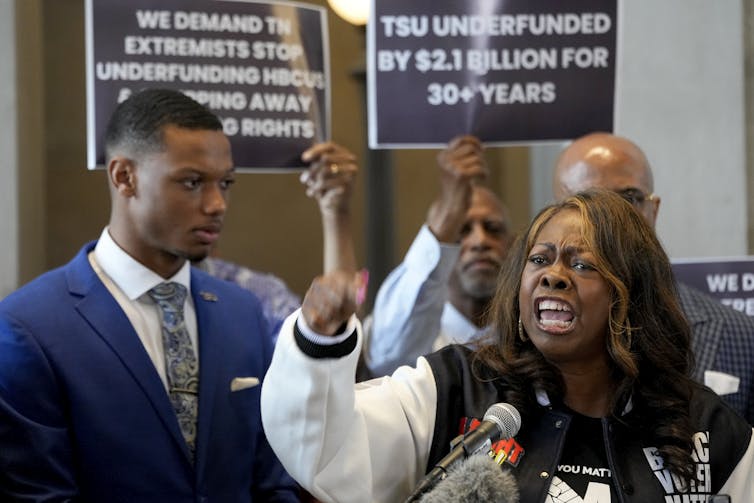
(The Associated Press, George Walker IV)
Generally speaking, the Republican Party wins, hands down, among white evangelicals. The mainline white vote is more divided between the two major parties, although the majority leans Republican.
Black Protestants, for their part, have leaned overwhelmingly towards the Democratic Party, especially since the heyday of the civil rights movement.
With their conservative values, particularly on the abortion issue, Latinos are closer to Republican Euro-descendant evangelicals.
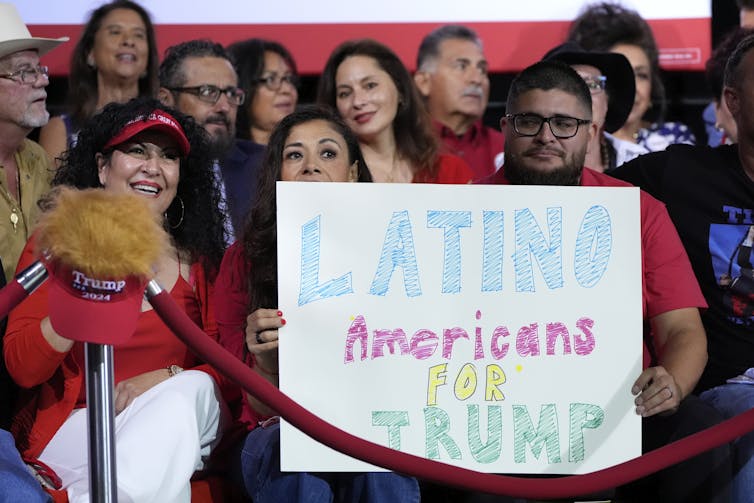
(The Associated Press, Alex Brandon)
Catholics: United but diverse
Catholics, meanwhile, make up 23 per cent of the U.S. population according to the 2022 PRRI census. While their universe is united in terms of religious denomination, it is ethnoculturally highly diverse.
More than half (55 per cent) are of European origin (Irish, French, Italian, Polish, etc.). Four out of 10 (37 per cent) are of “Latino” or “Hispanic” origin (Mexican, Puerto Rican, Cuban, Salvadorian, etc.). These two groups represent 13 per cent and nine per cent of the U.S. population, respectively.
Although this dynamic plays out inside a single church, there is still polarization between conservatives and liberals within it.
For the past 25 years, Euro-descendants have favoured the Republican Party. The propensity of Latino Catholics to vote Democrat is significant, although allegiances are now diversifying. Anti-socialists of Cuban and Venezuelan origin are inclined to vote Republican.
The other communities
The Christian panorama also includes three per cent of members of other churches, including Mormons, Jehovah’s Witnesses and Orthodox Christians. While Mormons largely favour the Republican Party, this margin of support is eroding.
Non-Christian Americans (Jews, Muslims, Buddhists, Hindus, etc.) make up six per cent of the population. As different as they may be, members of these religious universes mostly support Democrats.
Changing the political landscape
In spite of what the context seems to suggest, the trend of secularization in western societies is affecting the United States, as well. The different Protestant churches and the Catholic Church have been losing members for decades now, despite the contribution of Christian immigration.
According to PRRI, between 2006 and 2022, the share of white mainline Protestants in the U.S. population fell from 18 per cent to 14 per cent. The proportion of white Catholics slipped from 16 per cent to 13 per cent. A little known fact: white evangelicals, who used to dominate the religious landscape of the U.S. with a share of 23 per cent, are now down to 14 per cent.
Conversely, the proportion of people with no religious affiliation has climbed from 16 per cent to 27 per cent. The latter are either affiliated with “no religion in particular,” or are atheist or agnostic. This segment is more naturally inclined towards supporting the Democratic Party, in a ratio that ranges from two-thirds to three-quarters.
Fluctuating partisan leanings from Bush to Biden
According to Pew exit polls, between the presidential elections of 2000 and 2012, Protestant support for Republican candidates fluctuated little. It reached 59 per cent in 2004, a year when international political issues helped George W. Bush to be elected. It dipped to 54 per cent in 2008, when Barack Obama was elected for the first time.
Since 2004, three-quarters of white evangelicals have supported Republican candidates. The Republican preference of white mainline Protestants remains very stable at around 53-55 per cent. Black Protestants’ support for Democratic candidates, although massive, can also fluctuate. It dipped to 86 per cent in 2004 and rose to 95 per cent in 2012, during Obama’s second election. Black voter turnout then exceeded that of whites.
Between 2000 and 2012, the majority of Catholics preferred Democratic candidates, except in 2004 (47 per cent). However, the majority of white Catholics preferred Republican candidates, with rates rising from 52 per cent to 59 per cent. Latino Catholics lined up clearly behind Democrats by a margin of two to one, peaking at 75 per cent in 2012.
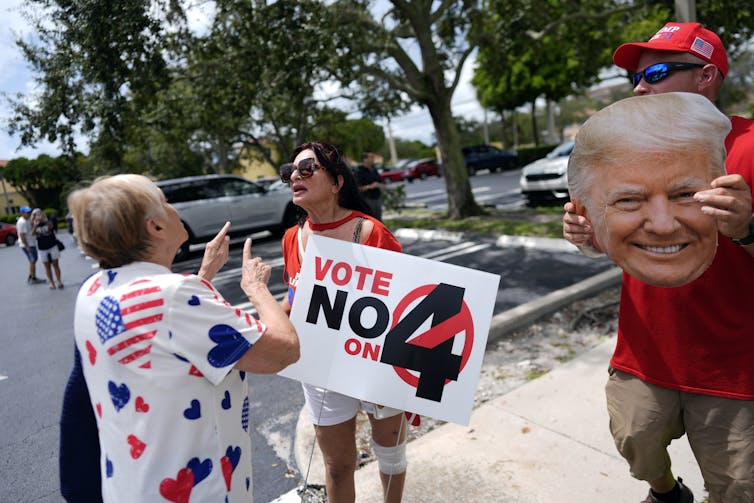
(The Associated Press, Rebecca Blackwell)
In 2016, the leaders of the Christian Right found, in Donald Trump, the right candidate to accomplish their goal of restoring the role of the Christian religion to governance and society more broadly, with the immediate aim of opposing abortion rights. The religious right is a coalition that brings together mainly evangelicals, but also other Protestants and fundamentalist Catholics.
While Hillary Clinton won the popular vote, the small number of her white evangelical supporters slipped further in favour of the Republican Party. Trump won not only the majority of Protestants (56 per cent), but also of Catholics (52 per cent).
In 2020, 59 per cent of Protestants supported Trump thanks to the mobilization of white evangelicals, of whom 84 per cent voted for him. Compared with 2016, the white mainline Protestant vote was unchanged (57 per cent). Joe Biden, a practising Catholic, managed to save the day by rallying 49 per cent of Catholics, just short of the 50 per cent who were pro-Trump. Biden also retained 40 per cent of Protestants, of whom African Americans are a significant proportion.
It was actually the religiously unaffiliated voters who changed the game, with 71 per cent voting for Biden. That’s six points more than for Clinton. The Democratic victory was made up of more diversified support.
What’s changing
Religious issues are not usually at the forefront of presidential campaigns. The cost of living, health care, access to affordable housing and safety are currently the most frequently raised concerns.
However, the Supreme Court’s overturning of Roe v. Wade in 2022 turned abortion rights into an election issue. While Trump has won the loyalty of the religious right, the Republican Party has been weakened electorally since, according to surveys PRRI and Pew published in May 2024, the majority of religious populations, both Christian and non-Christian, say they are in favour of preserving this right. The only exceptions are the majority of white evangelicals and a few other groups.
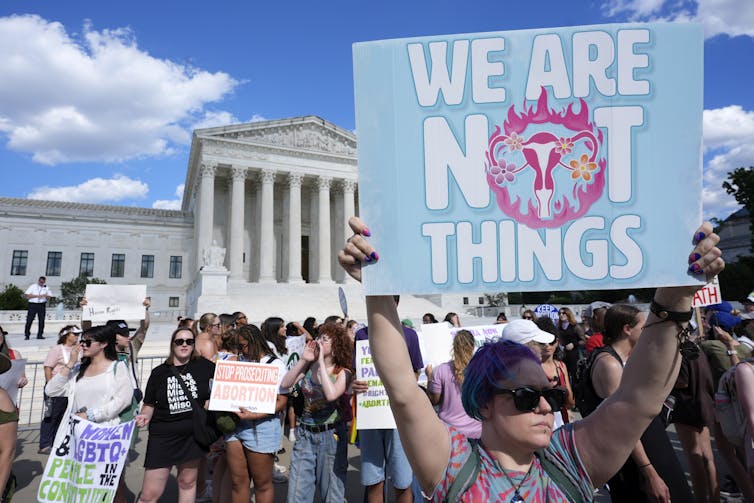
(The Associated Press, Alex Brandon)
In terms of the political sensibilities of ethnoreligious groups, the numerical decline of evangelicals, the rise of the unaffiliated and the demographic growth of Hispanics create challenges for political strategists and researchers — especially as individual choices appear to be less automatic than before.
For some time now, certain Mormons have been distancing themselves from Trump. Biden lost support in some ethnic communities (African Americans, Latinos, Indigenous people). Some Hispanics have turned to Robert F. Kennedy Jr.
Traditionally polarized in favour of the Republican Party, white evangelicals remain a political force, aided by their high-profile leaders. At the same time, African-American Protestants and a host of small non-Christian groups are equally polarized in favour of the Democratic Party. And that’s not counting the religiously unaffiliated.
By contrast, although Republican presidential candidates have been supported by the majority of white mainline Protestants as well as by the majority of Catholics since 2016, these two worlds remain the most politically divided. This is increasingly the case for Hispanics. This makes these voters strategic.
Also, the Muslim, Jewish or Indigenous vote could create local surprises. All these elements are liable to rupture the usual dividing line between partisan identities.
At the moment
After the Biden-Trump rematch was cancelled, followed by a handover from Biden to Harris and a rallying of Kennedy to Trump, will this campaign result in a reshuffling of ethnoreligious cards?
Against a backdrop of polarized male and female voting, the recent Pew poll shows that the political leanings of ethnoreligious groups have moved very little since the spring, when Biden emerged weakened. Harris has won back a solid number of Black Protestants and especially Hispanic Catholics. The majority (52 per cent) of Catholics remains pro-Trump, with the gap narrowing. On the other hand, the EWTN News/Real Clear poll indicates that half (50 per cent) of Catholics are now leaning towards Harris.
At a time when every vote counts, the slightest changes in partisan leanings, or in voter mobilization rates of different ethnic and religious groups, could play an unexpected role in several key states.

